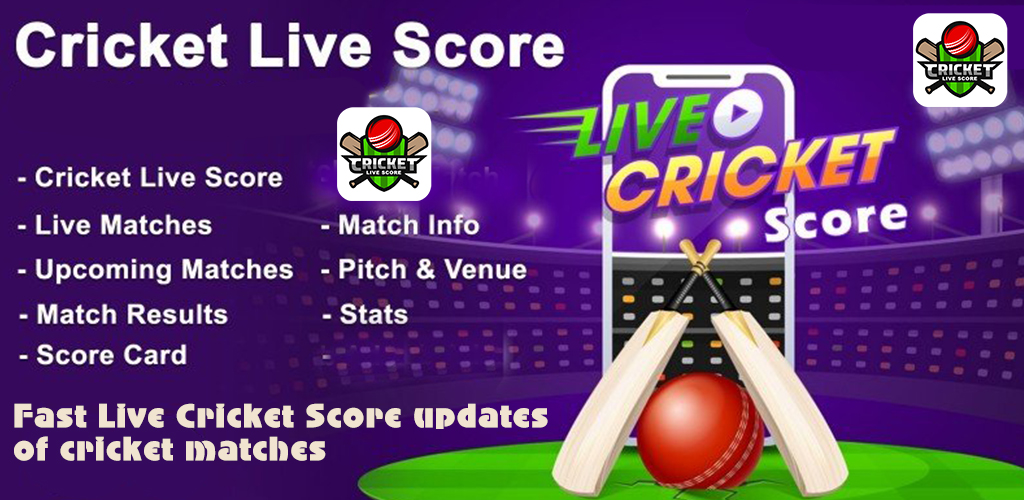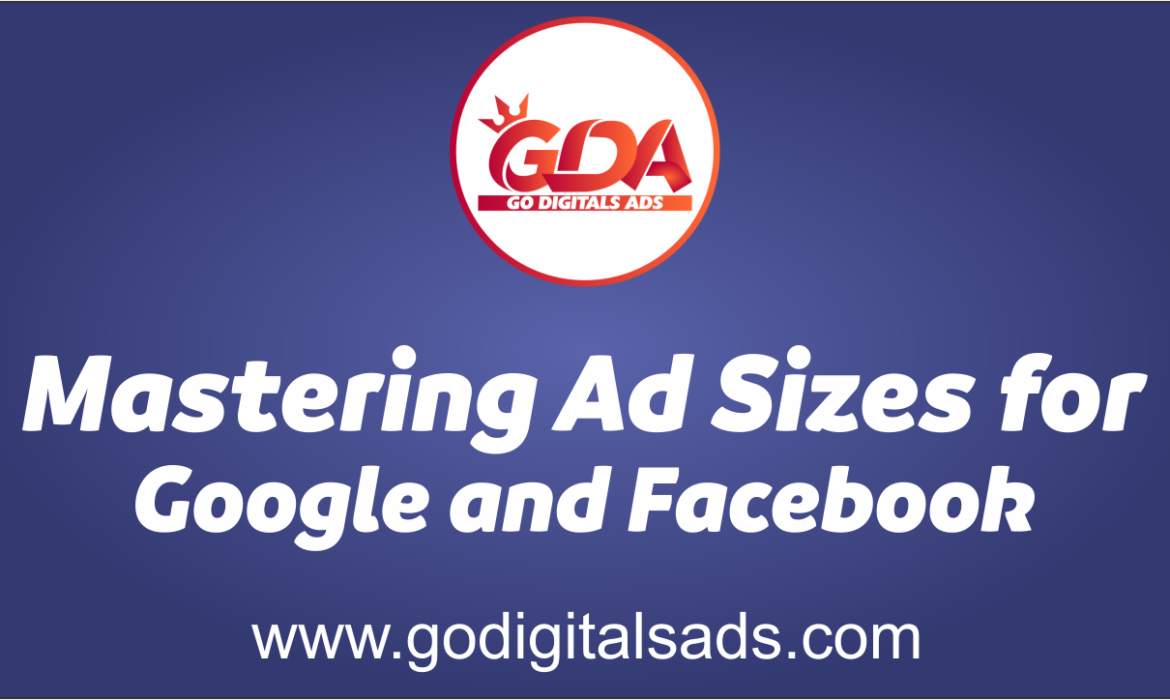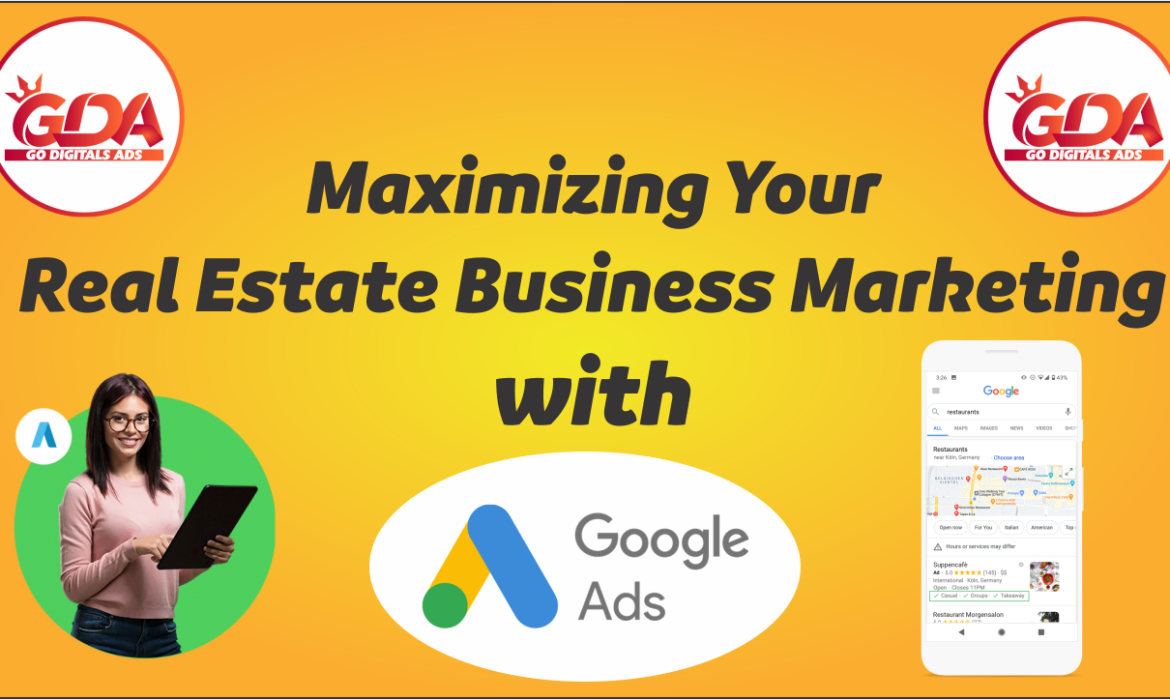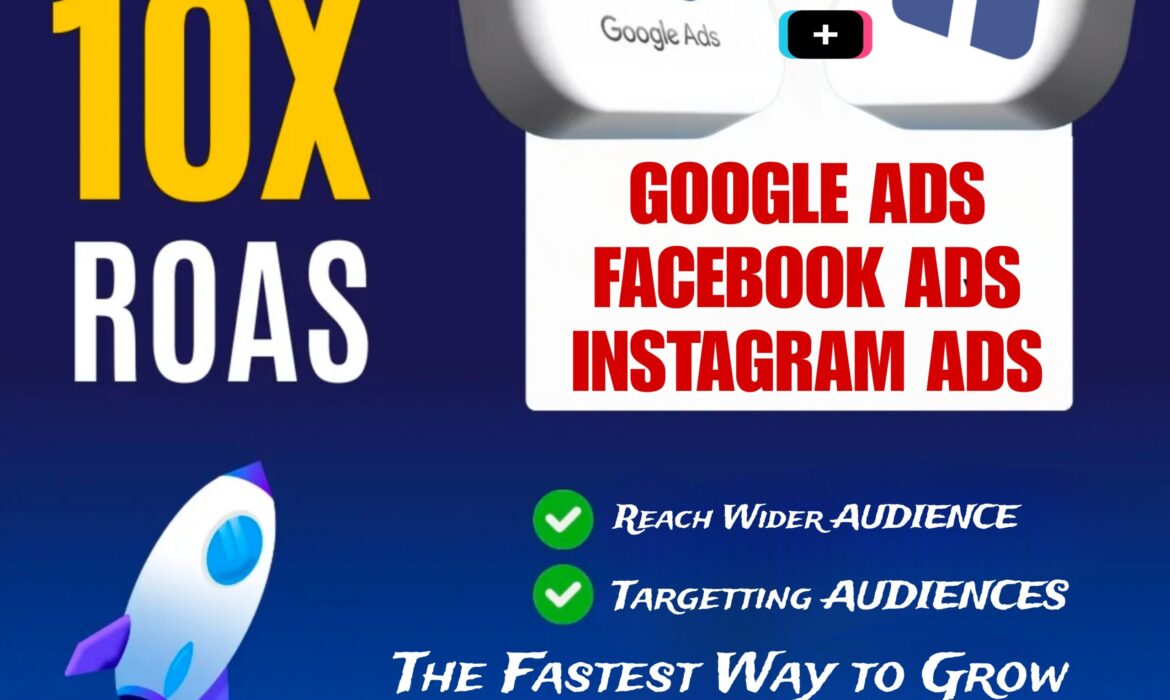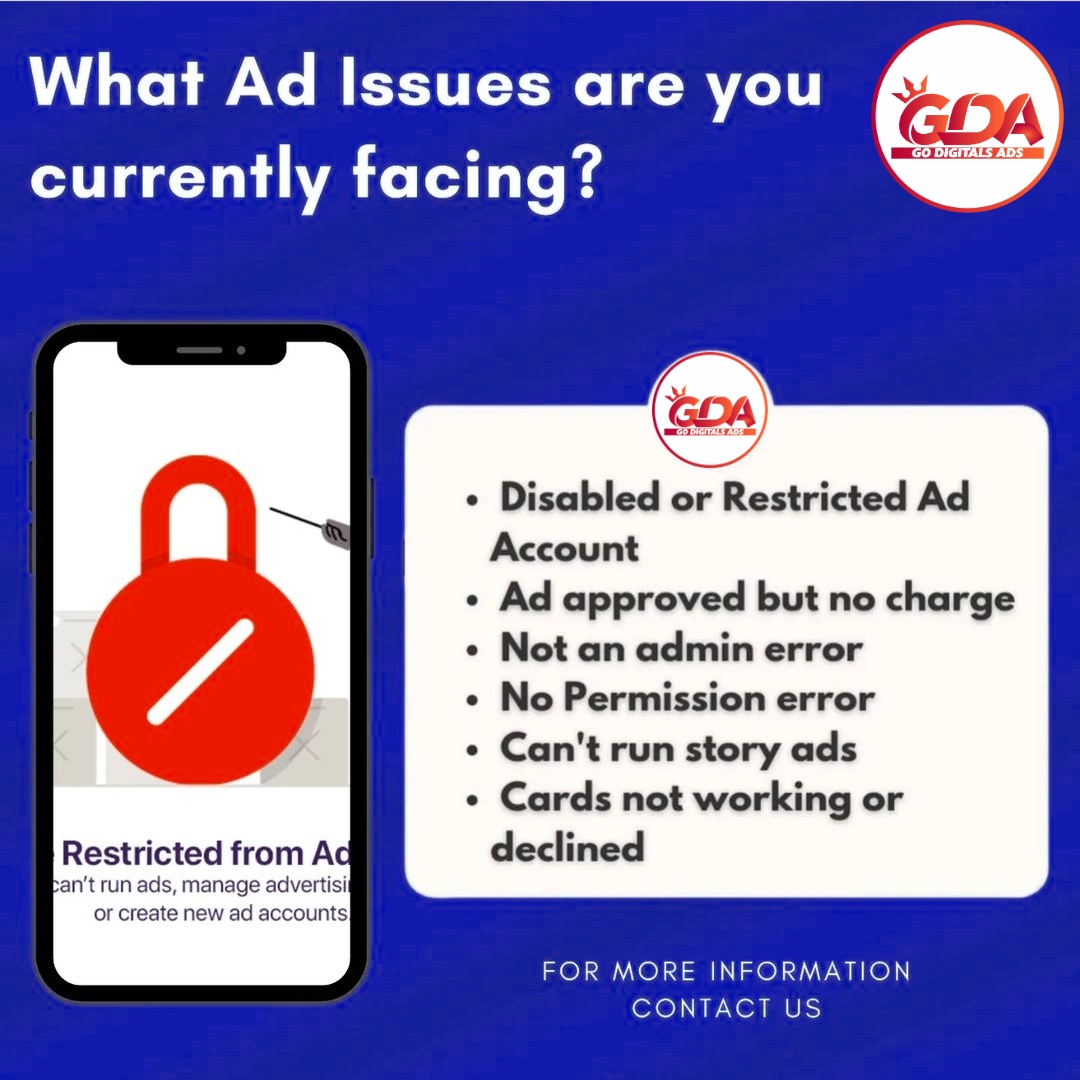WhatsApp’s Business Api Messaging Policy for New Industry
WhatsApp’s Business Api Messaging Policy for New Industry
Overview of the Update
Meta’s latest update to WhatsApp’s Business Messaging Policy marks a significant shift, now allowing Real Money Gambling (RMG) and Gaming businesses to be onboarded. This change acknowledges the growing importance and demand within the RMG sector, which has a substantial user base on WhatsApp.
Table of Contents
By enabling these businesses to use the platform, Meta is aligning with industry trends and responding to the needs of a large segment of its global audience. This strategic move aims to facilitate better communication and engagement for businesses operating in this high-demand vertical, reflecting WhatsApp’s commitment to expanding its service offerings and supporting diverse business sectors.
🔥 𝐖𝐇𝐀𝐓𝐒𝐀𝐏𝐏 𝐀𝐏𝐈 𝐒𝐄𝐑𝐕𝐈𝐂𝐄 🔥
👉 𝐏𝐑𝐈𝐂𝐄 𝐅𝐎𝐑 𝐏𝐄𝐑 𝐍𝐔𝐌𝐁𝐄𝐑
👉 𝐖𝐈𝐓𝐇 𝐃𝐎𝐂𝐔𝐌𝐄𝐍𝐓 & 𝐖𝐈𝐓𝐇𝐎𝐔𝐓 𝐃𝐎𝐂𝐔𝐌𝐄𝐍𝐓
👉 𝐖𝐇𝐀𝐓𝐒𝐀𝐏𝐏 𝐀𝐏𝐈 𝐒𝐄𝐓𝐔𝐏 𝐓𝐈𝐌𝐄 – 𝟒𝟖 𝐓𝐎 𝟕𝟐 𝐇𝐎𝐔𝐑𝐒 𝐎𝐍𝐋𝐘
👉 𝐁𝐋𝐔𝐄𝐓𝐈𝐂𝐊 𝐀𝐋𝐒𝐎 𝐀𝐕𝐀𝐈𝐋𝐀𝐁𝐋𝐄
🌟 𝐓𝐄𝐑𝐌𝐒 & 𝐂𝐎𝐍𝐃𝐈𝐓𝐈𝐎𝐍𝐒 🌟
𝟏. 𝐖𝐢𝐭𝐡𝐨𝐮𝐭 𝐁𝐥𝐮𝐞𝐭𝐢𝐜𝐤
– 𝐓𝐡𝐞 𝐖𝐚𝐭𝐢 𝐀𝐏𝐈 𝐜𝐚𝐧 𝐨𝐧𝐥𝐲 𝐛𝐞 𝐮𝐬𝐞𝐝 𝐟𝐨𝐫 𝐫𝐞𝐜𝐞𝐢𝐯𝐢𝐧𝐠 𝐦𝐞𝐬𝐬𝐚𝐠𝐞𝐬 𝐚𝐧𝐝 𝐂𝐓𝐖𝐀 𝐜𝐚𝐦𝐩𝐚𝐢𝐠𝐧 𝐩𝐮𝐫𝐩𝐨𝐬𝐞𝐬.
– 𝐁𝐫𝐨𝐚𝐝𝐜𝐚𝐬𝐭𝐢𝐧𝐠 𝐢𝐬 𝐧𝐨𝐭 𝐩𝐞𝐫𝐦𝐢𝐭𝐭𝐞𝐝.
– 𝐋𝐢𝐦𝐢𝐭 𝐟𝐨𝐫 𝐝𝐚𝐢𝐥𝐲 𝐫𝐞𝐜𝐞𝐢𝐯𝐞𝐝 𝐦𝐞𝐬𝐬𝐚𝐠𝐞𝐬: 𝟓𝟎𝟎 𝐌𝐒𝐆.
– 𝐑𝐞𝐩𝐥𝐚𝐜𝐞𝐦𝐞𝐧𝐭 𝐩𝐞𝐫𝐢𝐨𝐝: 𝟏 𝐌𝐨𝐧𝐭𝐡 𝐨𝐧𝐥𝐲.
𝟐. 𝐖𝐢𝐭𝐡 𝐁𝐥𝐮𝐞𝐭𝐢𝐜𝐤
– 𝐓𝐡𝐞 𝐀𝐏𝐈 𝐜𝐚𝐧 𝐛𝐞 𝐮𝐬𝐞𝐝 𝐟𝐨𝐫 𝐛𝐨𝐭𝐡 𝐫𝐞𝐜𝐞𝐢𝐯𝐢𝐧𝐠 𝐦𝐞𝐬𝐬𝐚𝐠𝐞𝐬 𝐚𝐧𝐝 𝐛𝐫𝐨𝐚𝐝𝐜𝐚𝐬𝐭𝐢𝐧𝐠.
– 𝐃𝐚𝐢𝐥𝐲 𝐛𝐫𝐨𝐚𝐝𝐜𝐚𝐬𝐭 𝐥𝐢𝐦𝐢𝐭: 𝟏𝟎𝟎𝟎 𝐌𝐒𝐆
-𝐃𝐚𝐢𝐥𝐲 𝐫𝐞𝐜𝐞𝐢𝐯𝐢𝐧𝐠 𝐥𝐢𝐦𝐢𝐭: 𝟓𝟎𝟎 𝐌𝐒𝐆.
– 𝐑𝐞𝐩𝐥𝐚𝐜𝐞𝐦𝐞𝐧𝐭 𝐢𝐬 𝐚𝐯𝐚𝐢𝐥𝐚𝐛𝐥𝐞 𝐮𝐧𝐝𝐞𝐫: 𝟑 𝐌𝐨𝐧𝐭𝐡 𝐎𝐧𝐥𝐲
𝐈𝐟 𝐲𝐨𝐮 𝐚𝐠𝐫𝐞𝐞 𝐭𝐨 𝐭𝐡𝐞𝐬𝐞 𝐜𝐨𝐧𝐝𝐢𝐭𝐢𝐨𝐧𝐬, 𝐩𝐥𝐞𝐚𝐬𝐞 𝐣𝐨𝐢𝐧 𝐮𝐬 𝐭𝐨 𝐦𝐨𝐯𝐞 𝐟𝐨𝐫𝐰𝐚𝐫𝐝.
𝐓𝐡𝐚𝐧𝐤 𝐲𝐨
Elevating the Game: Live Line Cricket Mobile App Development
Introduction
Cricket, often described as more than just a sport, is a passion that unites millions of fans worldwide. The thrill of watching your favorite teams and players in action is unparalleled, and in today’s digital age, it has become easier than ever. The Live Line Cricket mobile app has revolutionized the way fans follow and engage with the game. In this blog, we’ll explore the exciting world of Live Line Cricket mobile app development and how it has transformed the way we experience the sport.

The Rise of Live Line Cricket Apps:
Cricket enthusiasts no longer have to rely solely on TV broadcasts or radio commentary to stay updated on the latest matches. The advent of Live Line Cricket apps has made it possible to access real-time scores, statistics, and a plethora of cricket-related content from the palm of your hand. These apps have taken the cricket-watching experience to a whole new level.
Features that Define Live Line Cricket Apps:

Live Line Cricket apps offer a wide range of features that keep fans engaged and informed during matches. Some of the key features include:
- Real-time Scores: Get live updates on the scores, wickets, and overs as the match progresses.
- Ball-by-Ball Commentary: Follow the action ball by ball with detailed commentary, helping you feel like you’re right there in the stadium.
- Player Stats: Access in-depth statistics for each player, including career records, recent form, and more.
- Match Statistics: Match statistics allows fans to check live match details, previous match details, records, player statistics, team drafts, upcoming match details, etc.
- News and Updates: Stay updated with the latest news, articles, and editorials about the world of cricket.
- Push Notifications: Receive instant notifications for match results, milestones, and other crucial events.
Conclusion:
Live Line Cricket mobile apps have transformed the way cricket enthusiasts engage with the game. Whether you’re a fan looking for real-time updates or an entrepreneur seeking to develop your own app, the world of Live Line Cricket apps offers a wealth of opportunities. The future of cricket-watching is undoubtedly digital, and Live Line Cricket apps are at the forefront of this exciting transformation. So, step onto the field of mobile app development and bring the excitement of cricket to fans worldwide with your Live Line Cricket app!
Mastering Ad Sizes for Google and Facebook: A Go Digital Ads Guide
Introduction
In the dynamic world of online advertising, the size of your ad matters more than you might think. Google and Facebook, two of the biggest players in the digital advertising game, each have their own set of ad sizes and requirements that can significantly impact the success of your campaigns. At Go Digital Ads, we understand that getting ad sizes right is crucial for effective advertising. In this blog, we’ll walk you through the essential ad sizes for both platforms and provide tips to help you make your ads shine.
Google Ads Ad Sizes

- Responsive Display Ads (Recommended):
- Description: These ads adapt to the available ad space on the Google Display Network.
- Dimensions: Varies based on the ad space available.
- Leaderboard:
- Description: A prominent, horizontal banner typically at the top of a page.
- Dimensions: 728 x 90 pixels.
- Rectangle:
- Description: A versatile, square or rectangular ad often placed within content.
- Dimensions: 300 x 250 pixels.
- Skyscraper:
- Description: A tall, vertical ad that’s effective for sidebars.
- Dimensions: 160 x 600 pixels.
- Large Rectangle:
- Description: A larger version of the rectangle ad, ideal for more substantial content spaces.
- Dimensions: 336 x 280 pixels.




Facebook Ads Ad Sizes
- Image Ads:
- Description: A single image that appears in the Facebook feed or Instagram.
- Recommended Dimensions: 1200 x 628 pixels.
- Carousel Ads:
- Description: Multiple scrollable images or videos in a single ad unit.
- Recommended Dimensions: 1080 x 1080 pixels for images, and a 1:1 aspect ratio for videos.
- Video Ads:
- Description: Promotional videos that can appear in the Facebook feed or Instagram.
- Recommended Dimensions: 1280 x 720 pixels.
- Collection Ads:
- Description: A visually striking format combining images and videos.
- Recommended Dimensions: 1200 x 628 pixels for the hero image and 1080 x 1080 pixels for product images.
- Stories Ads:
- Description: Ads that appear in the stories section of Facebook and Instagram.
- Recommended Dimensions: 1080 x 1920 pixels for vertical images and videos.
Tips for Creating Effective Ad Sizes
- High-Quality Visuals: Invest in high-quality images and graphics to ensure your ads look professional and eye-catching.
- Responsive Design: For Google Ads, consider using responsive display ads to automatically adapt to different ad spaces.
- Testing: A/B testing is your friend. Experiment with various ad sizes to see which ones resonate most with your target audience.
- Ad Copy: Alongside ad sizes, compelling ad copy is essential to drive user engagement and conversions.
- Mobile Optimization: As mobile usage grows, ensure your ad sizes are mobile-friendly, especially for Facebook where a significant portion of users access the platform via mobile devices.
- Compliance: Always adhere to the specific ad size requirements set by Google and Facebook to avoid any issues with your campaigns.
Conclusion
The ad sizes you choose for your Google and Facebook ads play a vital role in the success of your online advertising efforts. At Go Digital Ads, we specialize in creating ad campaigns that not only meet the technical specifications but also resonate with your target audience. By paying attention to ad sizes, high-quality visuals, responsive design, testing, compelling ad copy, mobile optimization, and compliance, you can ensure your ads are seen and drive the desired results. Don’t underestimate the power of the right ad size – it can make all the difference in your online advertising success. If you need assistance in creating winning ad campaigns.
Maximizing Your Real Estate Business Marketing with Google Ads
Maximizing Your Real Estate Business Marketing with Google Ads

Introduction:
Welcome to Go Digitals Ads, your one-stop destination for cutting-edge digital marketing strategies. If you’re in the real estate business, you understand the importance of staying ahead in an increasingly competitive market. In this blog, we’ll explore how Google Ads can be a game-changer for your real estate marketing efforts. Get ready to supercharge your real estate business with the power of Google Ads.
Why Google Ads for Real Estate?
Real estate is all about location, location, location, and Google Ads lets you leverage the power of online location targeting to reach your ideal audience. With Google Ads, you can specifically target users based on factors like location, search intent, and demographics, which is essential in a niche market like real estate.
Highly Targeted Advertising
Google Ads allows you to laser-target your ads to reach potential buyers or renters in specific locations. You can even target users searching for particular property types, like apartments, houses, or commercial spaces.
Instant Visibility
Unlike traditional marketing efforts, Google Ads provides instant visibility for your real estate listings. As soon as your campaign goes live, your properties will appear at the top of Google search results, giving your listings a competitive edge.
Cost Control
With Google Ads, you’re in control of your budget. You can set a daily or monthly spending limit, ensuring you never overspend. You only pay when someone clicks on your ad, making it a cost-effective advertising solution.
Quality Leads
Google Ads attracts users who are actively searching for real estate. This means the traffic you generate through these ads is likely to be more interested in your offerings, resulting in higher quality leads.
Detailed Analytics
Google Ads offers in-depth insights into the performance of your campaigns. You can track metrics like click-through rates, conversion rates, and more, allowing you to fine-tune your advertising strategy for maximum success.
Creating a Winning Google Ads Campaign for Real Estate:
Keyword Research
Start by researching the keywords that potential buyers or renters are using in their searches. Use Google’s Keyword Planner to find the most relevant and high-converting keywords.
Compelling Ad Copy
Write persuasive ad copy that highlights the unique selling points of your properties. Include essential information like price, location, and key features.
Captivating Imagery
High-quality images are a must in real estate advertising. Showcase your properties with professional photographs that make them stand out.
Landing Pages
Ensure your ads lead to dedicated landing pages for each property. These pages should provide all the information a potential buyer or renter needs and include clear calls to action.
Constant Optimization
Monitor your campaigns regularly, and make adjustments as needed. A/B testing ad variations, adjusting your bidding strategy, and refining your targeting are all crucial for long-term success.
Conclusion:
In a world where buyers and renters turn to the internet first when looking for real estate, Google Ads is a vital tool for any real estate marketer. At Go Digitals Ads, we specialize in helping businesses like yours harness the full potential of online advertising. Ready to take your real estate marketing to the next level?
Contact us today and let’s create a customized Google Ads strategy that delivers results.
Supercharge Your Business Growth with Google, Facebook, and Instagram Ads

In the digital age, advertising has evolved into a powerful tool for growing your business. Among the many options available, Google, Facebook, and Instagram stand out as platforms that offer a remarkable reach and targeting capabilities. When harnessed correctly, they can propel your business to new heights. In this blog, we’ll explore the fastest way to grow your business with these platforms.
Understand Your Audience
Before you dive into creating ads, it’s essential to understand your target audience. Who are they? What are their interests, demographics, and online behaviors? Google, Facebook, and Instagram all offer robust targeting options to help you reach the right people. Define your ideal customer persona and tailor your ads to speak directly to them.
Craft Compelling Ad Creative
Your ad creative is the first thing users see, so it needs to be engaging. For Google, this means creating concise and relevant ad copy. For Facebook and Instagram, focus on visually appealing content, including images, videos, and carousels. Ensure that your creative aligns with your brand’s voice and values.
Set Clear Goals
Determine your objectives for running ads on these platforms. Are you looking to boost website traffic, generate leads, drive sales, or increase brand awareness? Setting clear goals will help you create campaigns that deliver the desired results. Each platform offers different ad types optimized for specific objectives.
Optimize Landing Pages
When a user clicks on your ad, they should be directed to a landing page that complements the ad’s message. Ensure your landing pages are mobile-responsive, load quickly, and contain compelling content. A seamless user experience will improve conversion rates.
Harness the Power of Google Ads
1. Search Ads
Google Search Ads are the go-to for businesses aiming to appear at the top of search results. Use relevant keywords to target users actively looking for your products or services. Optimize your ad copy, and make use of ad extensions for additional information.
2. Display Ads
Google Display Ads enable you to reach users while they browse the web. Target your audience based on their interests, demographics, and online behavior. Visually appealing ads are key here.
3. YouTube Ads
Leverage the popularity of video content with YouTube Ads. These can be in-stream ads that appear before or during videos, or discovery ads that appear in search results or on the YouTube homepage.
Dominate with Facebook Ads
1. Facebook Page Promotion
Promote your Facebook Page to increase your follower base and reach a wider audience.
2. Facebook Boosted Posts
Amplify the reach of your posts by boosting them to a targeted audience. This is particularly useful for content you want to share with a broader group.
3. Facebook Ads Manager
The Ads Manager tool offers a range of ad types for various goals, including website traffic, lead generation, and sales. You can fine-tune your targeting and set a budget that suits your needs.
Grow on Instagram
1. Instagram Photo Ads
Photo ads are simple yet effective, allowing you to showcase your products or services in a visually appealing way.
2. Instagram Video Ads
Use video ads to tell a compelling story or demonstrate your products in action. Short, engaging videos are highly effective.
3. Instagram Story Ads
Leverage the popularity of Instagram Stories with full-screen, immersive ads that appear between users’ stories.
Track and Optimize
All three platforms provide detailed analytics to track your ad performance. Monitor key metrics such as click-through rates (CTR), conversion rates, and return on ad spend (ROAS). Continuously optimize your campaigns by adjusting targeting, ad creative, and budgets based on the data.
A/B Testing
Test different ad variations to see what resonates best with your audience. Experiment with headlines, ad copy, images, and calls to action. A/B testing can reveal valuable insights for improving your ad campaigns.
Budget Management
Allocate your budget wisely. Start with a conservative budget and scale it up as you see positive results. Set daily or lifetime budgets, and regularly review and adjust them based on performance.
Conclusion
Google, Facebook, and Instagram ads can be powerful tools for growing your business quickly. Understanding your audience, crafting compelling ad creative, setting clear goals, optimizing landing pages, and harnessing the unique strengths of each platform are key to success. Continuously track, optimize, and experiment to refine your strategies and maximize your business growth potential. By following these steps, you’ll be well on your way to harnessing the full potential of digital advertising for your business.
Contact Now
Success of a Sports Betting Ads on Facebook and Instagram
Success of a Sports Betting Ads on Facebook and Instagram
Go Digitals Ads Proven the success of a sports betting ad on Facebook and Instagram, like any advertising campaign, depends on various factors. Here are some considerations:

- Ad Content: The quality and relevance of your ad content play a significant role in its success. Your ad should be visually appealing, have clear messaging, and adhere to Facebook and Instagram’s advertising guidelines, which may have restrictions on gambling-related content.
- Target Audience: Identifying and targeting the right audience is crucial. Facebook and Instagram offer robust targeting options, allowing you to reach users based on demographics, interests, and behaviors. To improve your chances of success, ensure your ad is shown to users who are interested in sports betting or related topics.
- Ad Budget: The amount you are willing to spend on your ad campaign also affects its performance. A larger budget may allow your ad to reach a wider audience, but it’s essential to allocate your budget effectively to maximize ROI.
- Competition: The sports betting industry is competitive, and many companies advertise on Facebook and Instagram. You may need to compete with other advertisers for the attention of your target audience, which can affect your ad’s visibility and results.
- Ad Placement: Consider where your ad appears on Facebook and Instagram. You can choose between different ad placements, including the Facebook News Feed, Instagram Feed, Stories, and more. The placement can impact how well your ad performs.
- Ad Creatives: Continuously monitor and optimize your ad creatives. A/B testing different ad designs, headlines, and calls to action can help you determine what resonates best with your audience.
- Ad Compliance: Ensure that your sports betting ad complies with Facebook and Instagram’s advertising policies and any legal regulations in your region. Failure to comply can lead to ad disapproval or account suspension.
- Tracking and Analytics: Use Facebook and Instagram’s analytics tools to track the performance of your ad campaign. This data will help you make informed decisions and adjust your strategy as needed.
It’s important to note that advertising for gambling and betting can be subject to specific regulations and restrictions in different countries and regions. You should be aware of these regulations and ensure that your ads comply with them.
Ultimately, while Facebook and Instagram can be effective platforms for advertising sports betting, success is not guaranteed, and results may vary based on the factors mentioned above. To increase your chances of success, it’s advisable to work with experienced digital marketers who are familiar with the nuances of advertising in the sports betting industry.
Understanding Disabled or Restricted Ad Accounts in Facebook Ads
Description:
Having your Facebook ad account disabled or restricted can be a frustrating experience for advertisers. It can happen for various reasons, including policy violations, suspicious activity, or failure to adhere to Facebook’s advertising guidelines. In this description, we’ll explore what it means to have a disabled or restricted ad account on Facebook and provide insights into the common causes and steps to address this issue.
When your Facebook ad account is disabled or restricted, it means that you are temporarily or permanently prohibited from running ads on the platform. This can significantly impact your marketing efforts, as Facebook is one of the most prominent advertising platforms with a vast user base.
Common reasons for ad account restrictions or disabilities may include:
- Policy Violations: Your ad or campaign may have violated one or more of Facebook’s advertising policies. This could involve issues related to prohibited content, misleading claims, or other violations outlined in Facebook’s advertising policies.
2. Suspicious Activity: Facebook monitors ad accounts for unusual or suspicious activity. If your account exhibits behavior that raises red flags, such as multiple account logins from different locations, it might be temporarily restricted until its legitimacy can be confirmed.
3. Payment Issues: If there are problems with the payment method associated with your ad account, such as an expired credit card or insufficient funds, your account may be restricted until the payment issue is resolved.
4. Misleading Content: Advertisements that contain deceptive or misleading information can result in ad account restrictions, as Facebook aims to maintain a safe and trustworthy advertising environment for its users.
5. Intellectual Property Concerns: If you infringe on someone else’s intellectual property rights through your ads, such as using copyrighted material without permission, your account may be restricted.


To address a disabled or restricted ad account on Facebook, it's essential to follow these steps:
- Review Facebook Policies: Carefully review Facebook’s advertising policies to understand where your ad may have violated the guidelines. Correct any issues identified in your ads or campaigns.
2. Contact Facebook Support: Reach out to Facebook’s support team through the ad account’s Help Center. Explain the situation and inquire about the specific reason for the restriction. They may provide guidance on how to resolve the issue.
3. Payment Resolution: If your account restriction is due to payment issues, update your payment method and ensure there are sufficient funds to cover your ad expenses.
4. Appeal the Decision: If you believe your ad account was disabled or restricted unfairly, you can submit an appeal through Facebook’s ad account Help Center. Be prepared to provide additional information or clarification regarding your ads.
5. Prevent Future Violations: Take proactive measures to ensure your future ads comply with Facebook’s policies. Stay informed about any updates or changes to their guidelines.

conclusion
A disabled or restricted Facebook ad account can disrupt your advertising efforts, but it’s not necessarily a permanent setback. By understanding the reasons behind the restriction and taking appropriate steps to address the issue, advertisers can often regain access to their ad account and continue effectively promoting their products or services on the platform.



